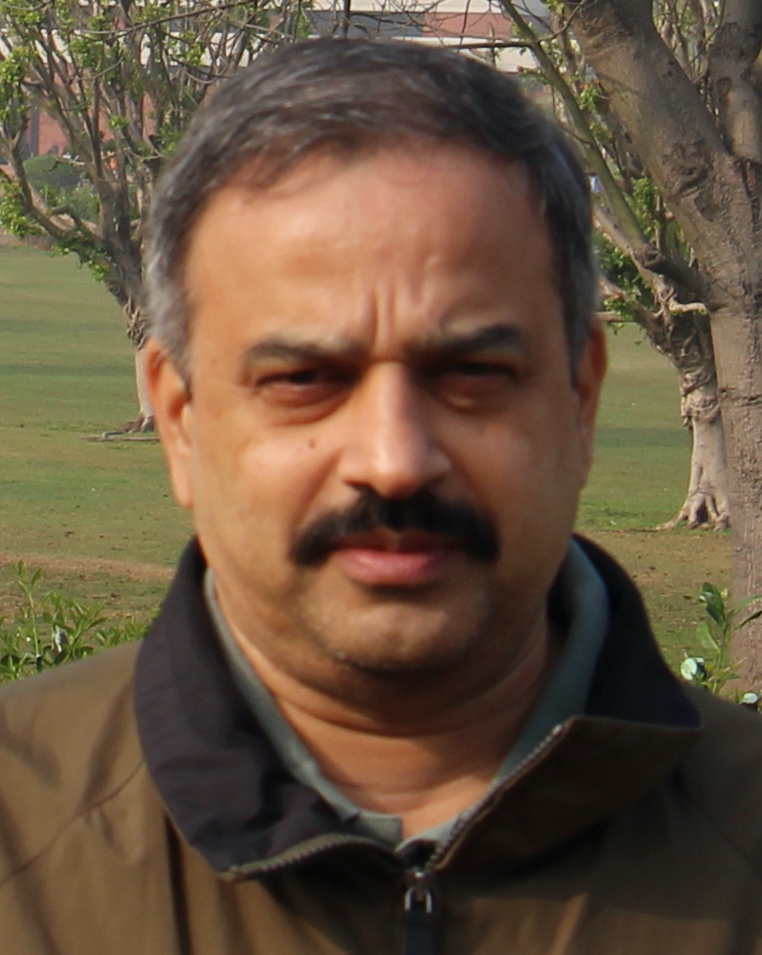The attributes embodied by the Scientist (power of abstraction, pattern recognition) and the Engineer (managing complexity, making effective trade-offs) are two very critical competencies that need to be part of our Education – from curricula to the classrooms.

Among the many scientist-vs-engineer jokes out there, the most common pattern seems to be that of an impractical and quixotic scientist and a pragmatic and shrewd (and sometimes crooked) engineer. When they are put in scenarios that required problems to be solved, the scientist in such stories would go for theories, models and precise calculations, but end up missing the target slightly. The engineer, on the other hand, would discard the scientific regalia and go for crude and savvy solutions, but making the target, often in unexpected ways. These negative stereotypes are not at all the topic of our interest. But the ‘Scientist-Engineer dualism’ alluded to in these stories is an interesting topic to explore.
In any dualism, the duals normally represent two opposite extremes of a certain aspect. Here, let us call our duals the ‘Scientist’ and the ‘Engineer’ (capitalized). (Note: In real life, you would not find these ‘pure’ versions – only scientists and engineers).
The Scientist’s focus is on enquiry. He wants to understand the world and represent it in simplified forms (called ’models’) which can be studied and managed effectively. These scientific models are essentially idealized versions of real phenomena, with some of their complex realities stripped out. Thus the Scientist’s expertise is in seeing through the underlying rules and patterns of the world and distill out the ‘models’, leaving behind the non-idealities and noise.
The Engineer’s focus is on design. She wants to solve problems of the real world with all its constraints and idiosyncrasies. Her solutions would be based on scientific models, but the model is just the starting point for her. Her expertise is in molding and tweaking the models to suit the reality; in refitting the models with some of the non-idealities that were stripped out.

As with any duality, the duals are best seen not as contrary, but as complementary and interdependent elements. For example, if our (pure) Scientist embarks on solving real-world problems based purely on the models, that would result in failed solutions. Similarly, if our (pure) Engineer takes up solutioning without the scientific models to back them, she would end up in ‘hacks’ with random and unrepeatable successes. A combination of the two, with a balance between them is key.
In the world of Information Technology, there is the concept of Target State Architecture (TSA). TSA of an organization represents the target state for all their technology elements like infrastructure, application software and data. This model deliberately leaves out many of the practical issues on the ground and serves as a reference state to get to. As one of my veteran architect colleagues had advised his engineers (those who ‘solve problems’) “Target State Architecture is not your implementation blueprint. You should have it framed and hung on your wall. Look at it everyday for a few minutes to get inspired and then go back to your work”. Though this may sound a bit rhetorical, it succinctly captures the essence of TSA (and all other such ‘models’).
Scientific models are the guiding lights you want to follow and the targets you want to move towards – but are also ones you may never actually reach. In this sense, they are also like values in life. Values are the guiding principles that reflect a person’s sense of right and wrong and they influence his/her actions. But more often than not, one will have to make adjustments and trade-offs due to conflicting demands and also external constraints. You would have to ‘draw a line’ as to where you would stick to the principles through-and-through and where you would be ready to make such trade-offs. As such, this would often be influenced by the individual perception of the problems, his/her instincts, emotions and preferences. Thus, it is often thought to be an art (some even call it a ‘black art’).
Here, I also have a personal anecdote to share. When my son was in the early years of his middle school, he used to struggle to complete his writing assignments on time. He would want to keep working on something until it is ‘perfect’, based on all the principles he would have learned. But obviously there was only so much time to do this. When we suggest him to ‘draw a line’, he would find it to be contradictory and confusing (“why do you ask me not to do my best?”). But he eventually learned that skill and moved on.

But it needs to be highlighted that this step of ‘drawing the line’ is not at all about ‘being sloppy’. The key difference is in the attitude and the approach. This is a deliberate, calibrated action and is based on the specific needs of the situation. The line is drawn so as to achieve the optimal outcome, under the hard constraints and realities. In this sense, this is as much a science as an art.
In fact, engineers have developed this ‘line drawing’ into full-fledged scientific frameworks for various domains. For example, in ‘Quality Management’, a concrete notion of ‘quality’ is defined, which can be measured, tracked controlled and predicted. Thus, instead of striving to achieve an abstract idea of ‘perfection’, the goal becomes one of achieving optimal quality, while meeting all the requirements and constraints. Similarly in ‘Risk Management’, the ‘risk’ is a concrete notion, which can be measured and controlled. The goal there is to take optimal risk, while meeting all the constraints and expectations.
The attributes embodied by the Scientist (power of abstraction, pattern recognition) and the Engineer (managing complexity, making effective trade-offs) are two very critical competencies that need to be part of our Education – from curricula to the classrooms.
A final thought on this: Krishna, the mythological leader of Hinduism and the protagonist of the epic Mahabharata could be thought of as the perfect embodiment of the skill of ‘drawing the line’. Mahabharata presents several moments of profound dilemmas and conflicts of life and Krishna’s hallmark is in deftly navigating through them. For the art part, he does this with high level of acumen, tactical and strategic thinking and communicates his views and positions effectively. For the science part, his trade-offs are also based on a deep sense of dharma, values and empathy and within a sublime philosophical framework (which is articulated in Gita, one of the most famous philosophical texts of Hinduism).
Sankar is the founder and CEO of Silver Pi.
He had worked in Banking and Technology for about three decades before switching to Education. He is an Electrical Engineer by training, with a career in Technology and Banking across Japan, USA, Singapore and India.


6 comments